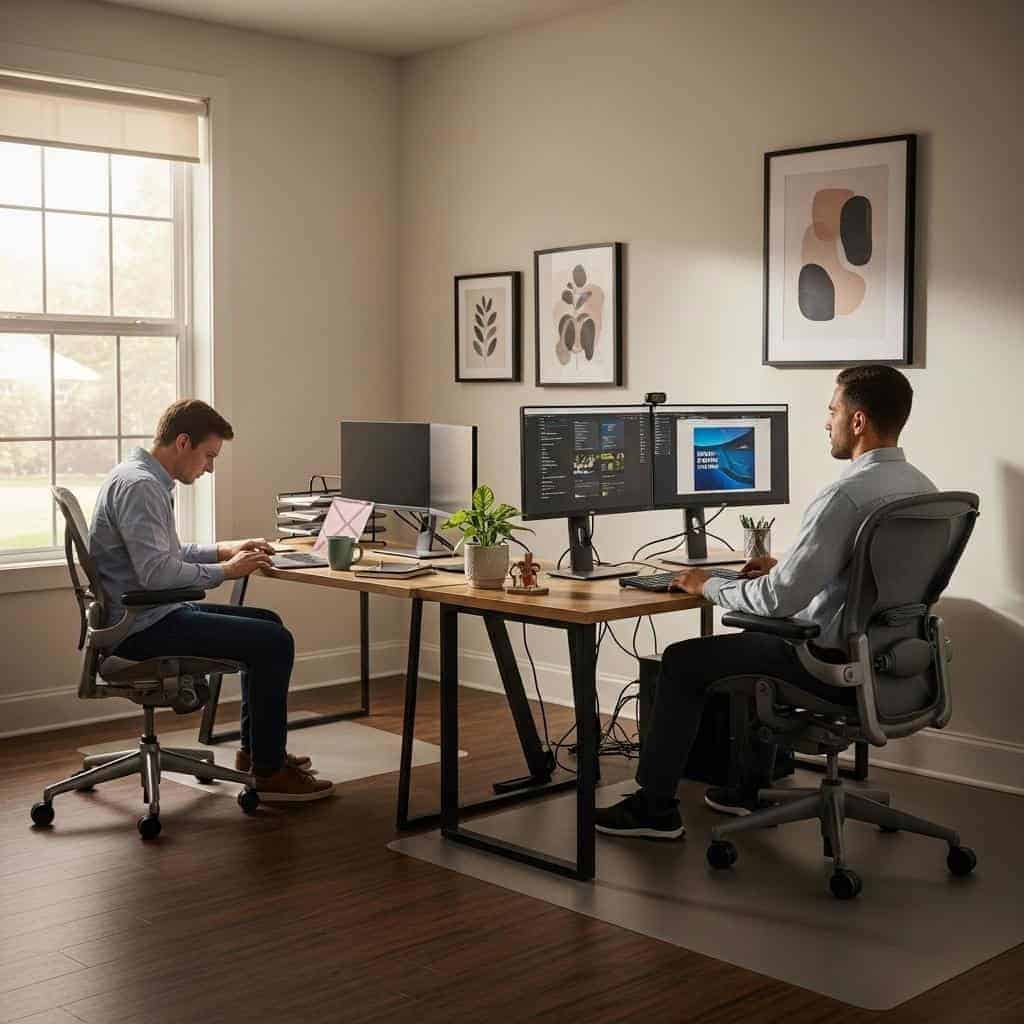As remote work becomes the norm, many overlook how makeshift home offices can harm posture and overall health. From hunching over laptops to sitting for hours on unsupportive chairs, poor habits quickly develop without us realizing it. Recognizing and correcting these issues is crucial for long-term well-being. Prolonged sitting and improper ergonomics contribute to back pain and other health problems, making proactive changes essential.













